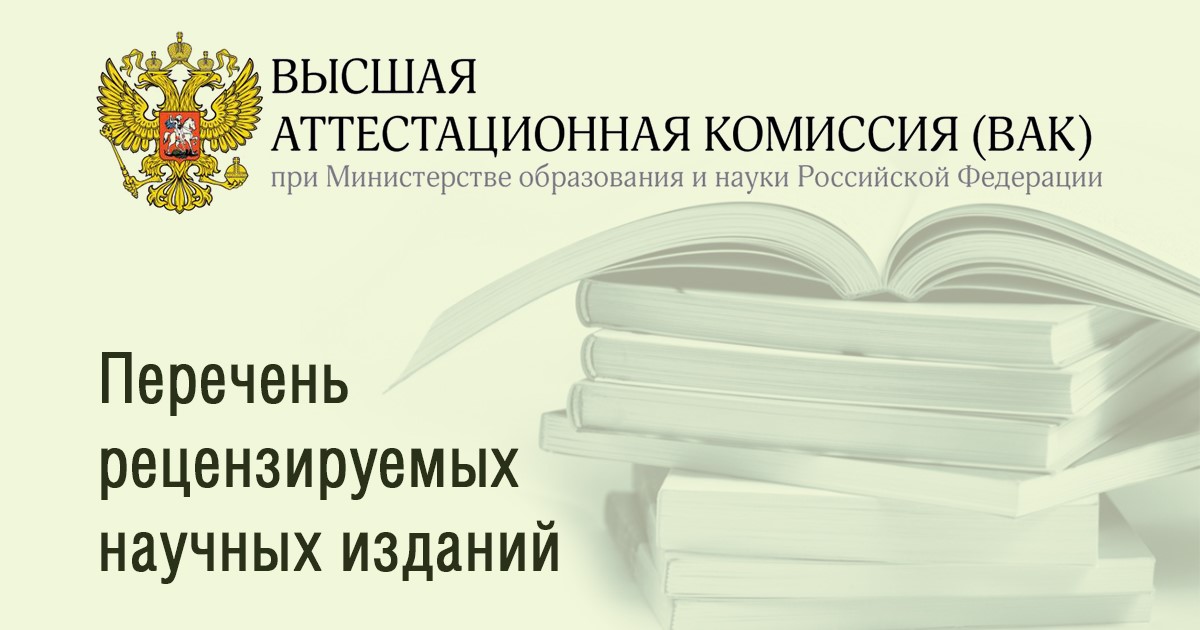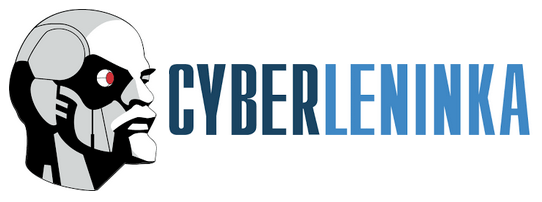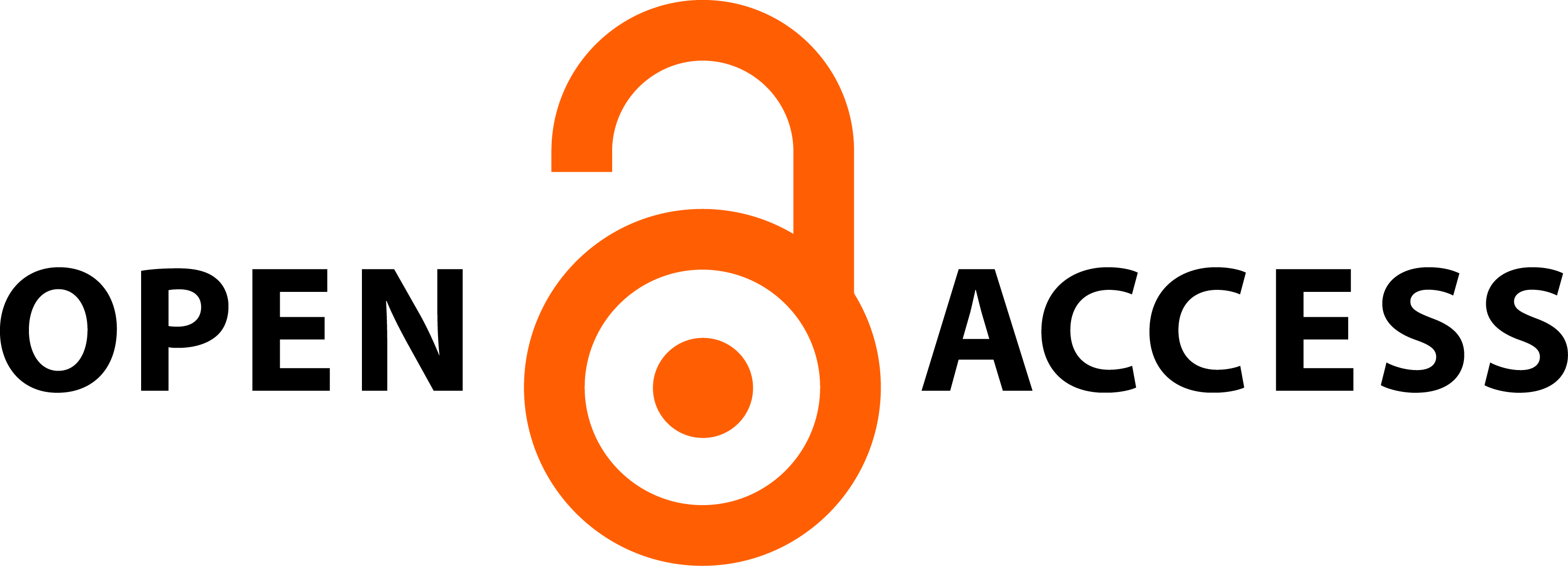Requirements for the Article Formatting
Load the requirements for the manuscript formatting
The total volume of the article (not including the References) – from 20,000 to 40,000 characters (including spaces).
Page size – A4. Single-spaced with margins – 2 cm. Font – Times New Roman, size – 11 (in tables and figures – 10). The paragraph indent – 0,5 cm.
Figures (preferably colored) should be made in a single style of graphic execution in Microsoft Office, Corel Draw, should allow the possibility of editing. All figures and tables must be referenced in the text of the article.
Formulas should be typed in Microsoft Equation 3.0 or Math Type 6 as a whole (a set of formulas from component parts is not allowed). Formulas are numbered in parentheses; they must be referenced in the text of the article.
All articles must follow the structural pattern specified below.
- In the upper left corner is indicated:
- type of manuscript (scientific article, survey, review)
- JEL indexes (3 to 6) (see: https://creativeconomy.ru/jel)
- The title of the article. It should be brief (< 10 words), but informative and accurately reflect the main result of the research.
- First name, Middle name, Surname of each author, official name of the organization (place of work / study of each author).
- Abstract (200 to 300 words). The abstract is a brief overview of the article, presenting the main content and conclusions of the study. From the abstract should be clear about the relevance of the scientific problem, the purpose of the study, consistently solved problems, the methodology used (without specifying details), the main results of the study, the practical significance and prospects of research. Text of the abstract should be internally coherent and logically structured (follow the logic of the text of the article). The abstract should not contain material that is not contained in the article. The abstract should not repeat the text of the article verbatim and should be an independent source of information.
- Keywords (in alphabetical order) – 5 to 10 words / word combinations – should mark the field of knowledge, subject area and research topic, contributing to the identification of the article in search engines. We recommend using AGROVOC to choose your preferred terminology.
- Introduction. It is necessary to: (1) condition the relevance of the problem under study, (2) determine the state of scientific knowledge on it (it is necessary not just to list, but to critically analyze previously published studies), (3) clearly formulate goals, objectives, object of research.
- Materials and Methods. A detailed description of (1) the methodological apparatus used (quantitative and qualitative methods); (2) methods and techniques used for collection and analysis of original data; (3) possible methodological limitations and their impact on the integrity and validity of the results obtained should be presented. It is not recommended to describe in detail standard, commonly known methods (in this case, use key references to previously published sources describing these methods), a new author's method should be described in detail.
- Results and Discussion. It is necessary to present a summary of the obtained theoretical and/or empirical data on the stated research questions. Presentation of the results should consist in revealing of discovered regularities, not in mechanical retelling of the contents of tables and graphs. The discussion should include an interpretation of the results of the study.
- Conclusion. It is necessary to compare the results obtained with the stated purpose and objectives of the work. It should also include suggestions for practical application, the direction of future research.
- Authors' contribution (this section is obligatory in case of co-authorship). The actual contribution of each co-author to the completed work is indicated.
- Conflicts of interests. An actual or potential conflict of interest should be indicated. If there is no conflict of interest, write that “the author declares that there is no conflict of interest”.
- Acknowledgements (this section is optional). Add it if you consider it necessary to express gratitude to individuals and organizations for their help in preparing and writing the article. Also indicate here how the research was funded (from which grants, fellowships, contracts).
- References. Sources in the list are listed in the order of mention in the text of the article in square brackets [1], [2-5]. In the list are listed all, and only those sources to which there are references in the text (articles of scientific journals, conference materials, books, information sites, government documents, etc.). The list must include at least 5 sources, including at least 5 sources indexed in the Web of Science and/or Scopus databases, which have been published no more than 5 years since. The list should NOT include textbooks, manuals, unpublished papers, abstracts and dissertations. Self-citation (no more than 10% of the total number of sources), as well as citing other authors, must be justified and correspond to the topic and objectives of the scientific work.
Examples of the formatting of the list of References:
Printed non-periodical publications (books)
Berggren N., and Nilsson Th. Economic Freedom as a Driver of Trust and Tolerance. In book: Economic Freedom of the World: 2020 Annual Report. Publisher: The Fraser Institute, 2020. Pp. 187-211.
Glazyev S.Yu. Economy of the future. Does Russia have a chance? M.: Knizhny mir, 2018. 640 p. (In Russ.).
Kissinger H. World Order. Penguin Press, 2014. 420 p.
Printed periodicals (Journals)
Dolores V.S., Hurtado-Torres N., and Matías-Reche F. Training as a generator of employee capabilities // The International Journal of Human Resource Management. 2013. Vol. 23(13). Pp. 2680-2697. DOI: https://doi.org/10.1080/09585192.2011.610971
Electronic resources
Strategic directions for the development of Eurasian economic integration (2014). Eurasian Economic Commission. URL: eec.eaeunion.org (accessed on: 10.04.2021).
Legislative and regulatory documents, standards
Federal Law of July 26, 2006 No. 135-FL “O zashchite konkurentsii” [“On the protection of competition”] (2006). ConsultantPlus. (In Russ.). URL: http://www.consultant.ru/document /cons_doc_LAW_61763/baabe5b69a3c031bfb8d485891bf8077d6809a94/ (accessed on 18.02.2021).
If the article does not meet the requirements, it will not be published. Articles are subject to general editing.








